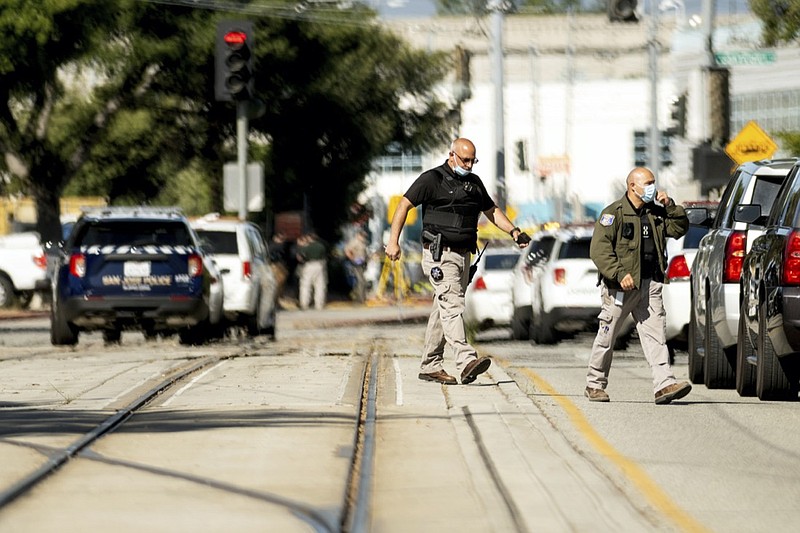One Saturday night in May 1993, on 36th Street in the heart of Hampden, two young guys - one with a ponytail, the other with a "Dumb & Dumber" pageboy - got into a fistfight after a wedding reception. I don't recall what sparked the brawl but it spilled into the street and ended with police arresting the guy with the pageboy.
On his day in court, when the defendant stood for sentencing, his lawyer, Steven Wyman, asked the judge to consider in mitigation something "refreshing" about the case.
"Refreshing?" District Court Judge Carol Smith asked.
"No guns," Wyman, a future judge himself, said. "A real fistfight like when we were kids."
And nobody died.
In 1993, Baltimore ended up with 353 homicides, most of them by gun. It was the worst year for city killings in a decade of incessant violence. No wonder Wyman suggested that his client deserved credit for being unarmed.
That old story from Hampden shows how long Baltimoreans have been nostalgic for days when the nonsense that inevitably comes between people left only black eyes and busted teeth, not mortal wounds. That was back when the country had more people than guns; back when teenage boys would punch and wrestle, not load and fire.
But that time is long gone.
And while I wish I could offer some optimism about an end to our current misery - in many places, urban and suburban, across this troubled country - I don't see it. I don't know what would cause the cycle to end. There are just too many guns already. More are being sold every day, legally and illegally.
Mass shootings already are commonplace. The one in San Jose recently left 10 people dead, and there have been at least nine since then, according to the Gun Violence Archive. (The nonprofit GVA, an online resource center, defines a mass shooting as one having "a minimum of four victims shot, either injured or killed, not including any shooter.")
In the 45 years I've lived and worked in Baltimore, crime has been a wind that never stopped. There were times when it dropped to a light breeze, but mostly the wind was ceaseless; you felt it every day.
Trying to stop gun violence on the scale that's needed seems like a hopeless exercise. Even when police make homicide arrests, the shootings continue.
It's obvious that guns are readily at hand to resolve any bit of nonsense that comes between people.
For years, we were told - or, after a while, just assumed - that most homicides are related to the commerce in illegal drugs. Heroin and cocaine have been around for decades. Crack was linked to the high rates of homicides through most of the 1990s. So it's natural to assume that the high rates of homicide these last six years are related to fentanyl sales: competition for customers, low-level dealers being robbed and shot, customers being shot for not paying their bills.
But it's clear that guns are not merely used by drug dealers. They are used by husbands and boyfriends who abuse women. A lot of gunfire comes from the retaliation contagion; guns are used to settle personal scores - guys dissing other guys, guys facing fire over some old beef when they come out of prison.
All of these scenarios stem from dark human emotions and conditions - anger, narcissism, greed, jealousy, desire for revenge, desire for power. Given human nature, with guns so easily available now, it's hard to see how this ends.
I've pushed intervention efforts - helping at-risk kids, giving jobs to ex-offenders, supporting Safe Streets conflict interrupters, convincing repeat offenders to drop out of the cycle of criminality before they get killed or go back to prison.
But all of those efforts seem overmatched or offset by the easy access to guns and the violence they make possible. We're in a cycle, allowing the same conditions year after year to spawn the same horrors year after year. It defies all logic.
The Baltimore Sun
